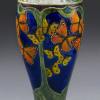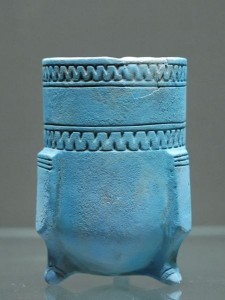
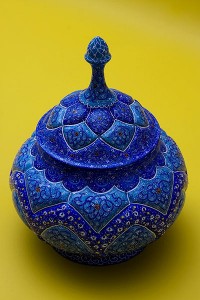
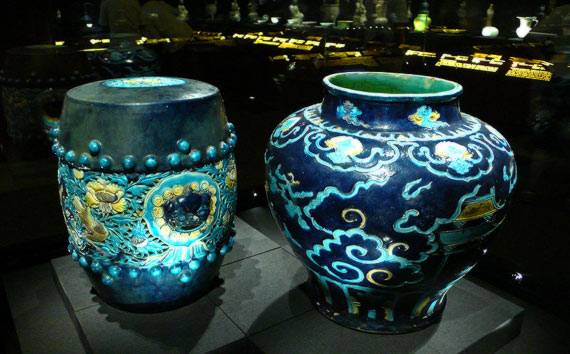
The art of blue pottery:
A deep tradition exists for the alluring blue pottery. Archeological excavations on the Iranian and Central Asian plateaus have uncovered turquoise blue glazed pottery that dates back to 224AD. These finds included “pilgrim flasks” and large bowls and grain storage jars..As Persia was a central trading hub the glazing technique were believed to have been introduced from either Egypt or Mesopotamia. The Persian potters were highly innovative and pioneered numerous new techniques.
Painting decoration under a clear glaze was first attempted by Islamic potters in Syria, probably during the late 9th or in the 10th century. The colours used in underglaze-painting were limited to three: cobalt blue, turquoise and black. The decoration of most of these underglaze-painted vessels utilized floral designs and epigraphic patterns. Cobalt blue, or occasionally even turquoise glaze were also utilised for lustre decoration on wares produced in Kasham which was a pottery centre in Persia Apart from vessels, Kashan potters also produced large numbers of tiles and mihrabs, some of which were made up of several lustre tiles.
Blue glazed ceramic tiles dating back to 900AD were also discovered in Multan in Pakistan and these had been used to construct a Mosque These Kashi tiles were influenced by Persian designs and production techniques and are believed to have been introduced from Kashgar, China under the influence of the Chinese Mongols. It is believed they refined the blue glazing method by combining Chinese glazing techniques with Persian decoarative procedures.
Kashi Ceramic Tiled Mosaic
The blue glaze pottery methods then went on to Kashmir where its strict application for only temples, tombs and palaces were relaxed and it became widely used for pottery production. Eventually blue pottery techniques found there way down to Delhi and Rajastan during the reign of the Moghul Rulers in the 14th century. Rajasthan became a centre for blue pottery after the monarchs of Jaipur patronised the art. The technique had evolved to using ground quartz , Multani mitti ( fullers earth ), borax gum, cobalt oxide, sodium sulphate and other salt powders.. Legend has it that blue-pottery items were used by the Mughal kings to test their food, as they could tell by the change in the glaze of the pottery if the food had, in all probability, been tampered with or poisoned.
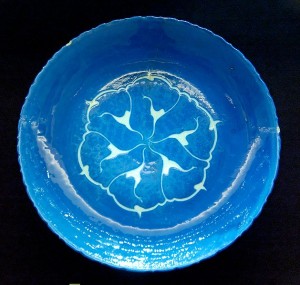
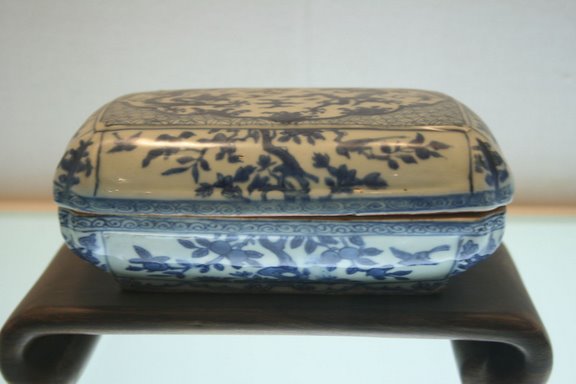
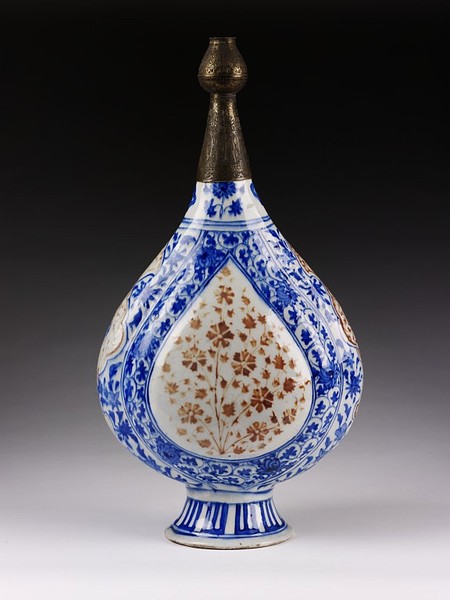
This large bottle was made in Iran in 17th century Safavid Iran, probably at Kirman. Unlike much of the earlier Iranian pottery of this period, both the shape and the decoration using coloured slip and underglaze blue showcase elements of native Islamic design and tradition, rather than imitate Chinese designs.
The Wrath Of Khan.
The Great Ghengis Khan and his marauding Mongols, apart from the usual plundering and pillaging during their invasion of Persia in 1220, razed the key pottery manufacturing centres of Nishapaur, Ray, Kashan and Jorjan. As they traded pottery on the Silk Road along with the Persians, maybe they were vying for a trade advantage, along with getting information on their unique production techniques.
More blue. ( astro/numero babble )
The blue color is ruled by the planet Jupiter which has just entered a 7 year transit through Piceas. This only occurs every 84 years and it is an auspicious combination. As 3 is also ruled by Jupiter, along with the powerful 21, 2010 is destined to be a pivotal year, especially for spiritual, intuitive and artistic growth, particularly beyond the second half of the year.
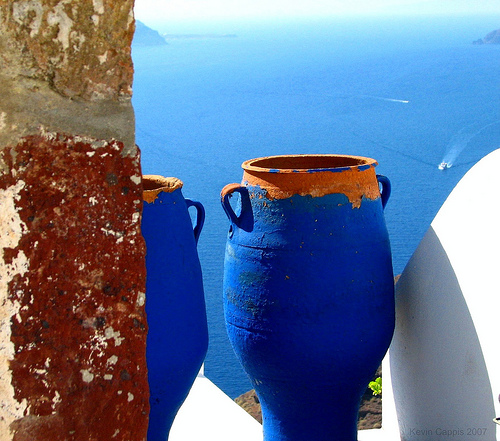
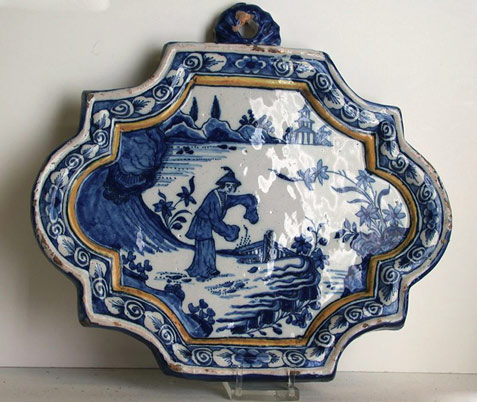
Dutch Deft 1730
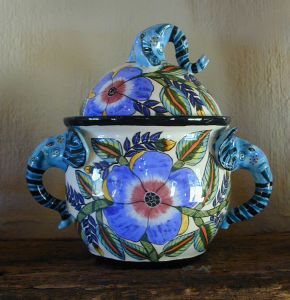
Ardmore Pottery
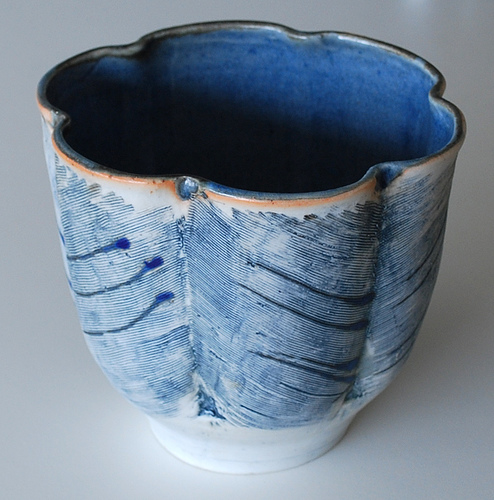
Japanese Cup ( Chawan )
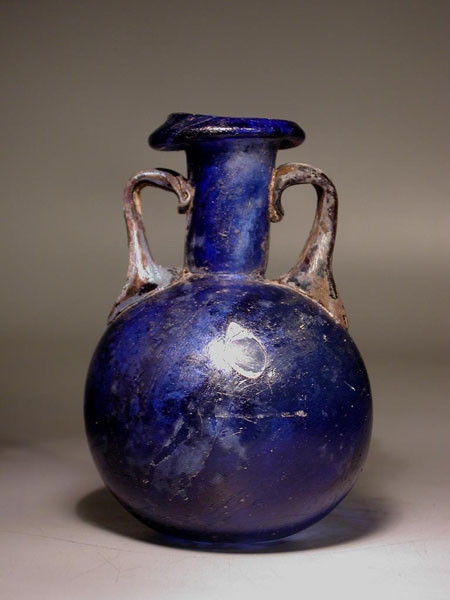
Roman cobalt blue glass aryballos –
( Sasson Ancient Art )
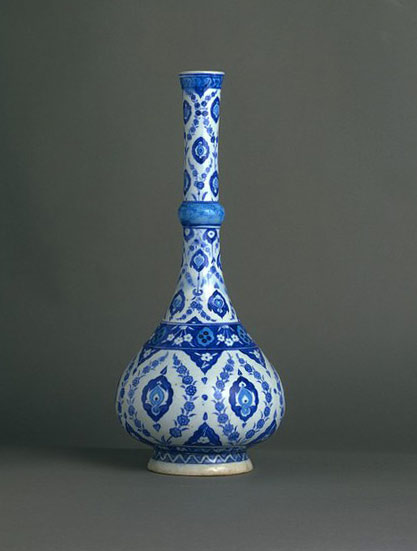
Fritware, underglaze painted in blue and turquoise, glazed. Iznik 1535 – 1540
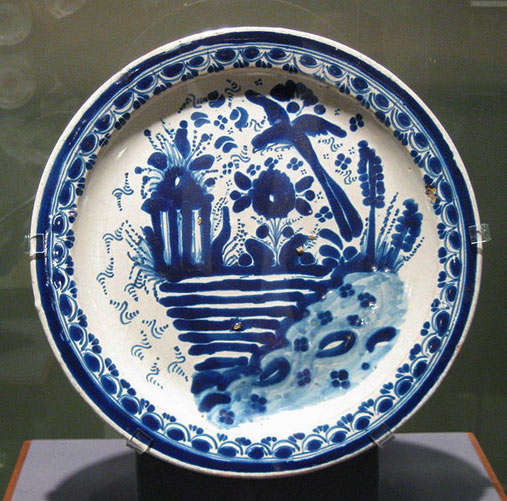
18th_century_Puebla_dish
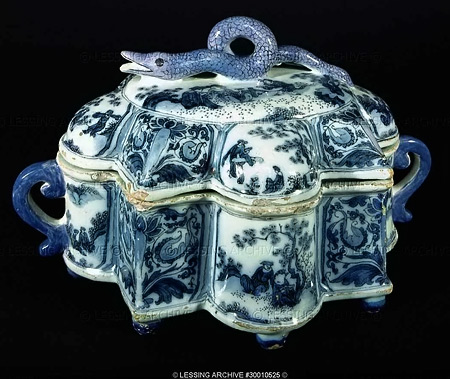
Box Chinoiserie from Delft, Netherlands
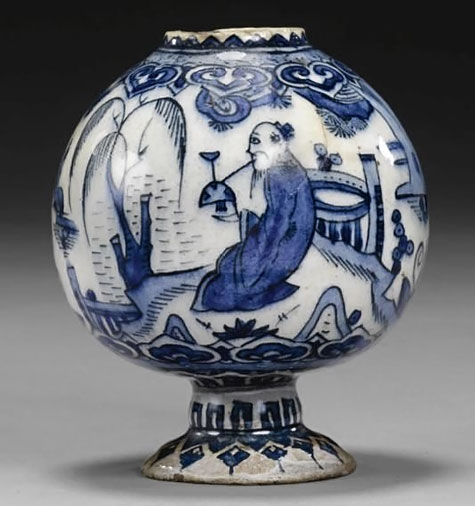
A Rare Safavid Blue And White Globular Footed Huqqa Base, Persia, 17th Century. photo Sotheby’s
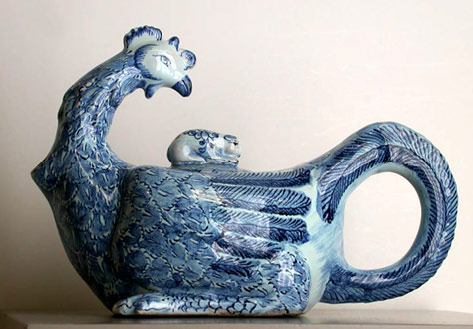
German teapot
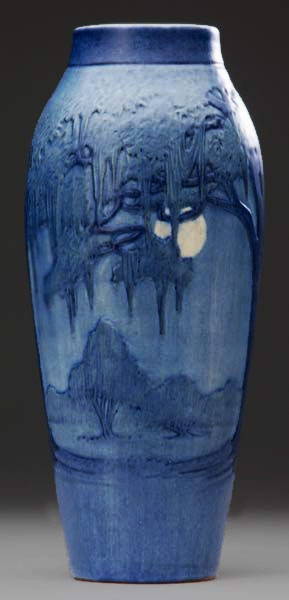
A. F. Simpson Vase –
Moonlit landscape of Spanish moss and live oak trees, 1927
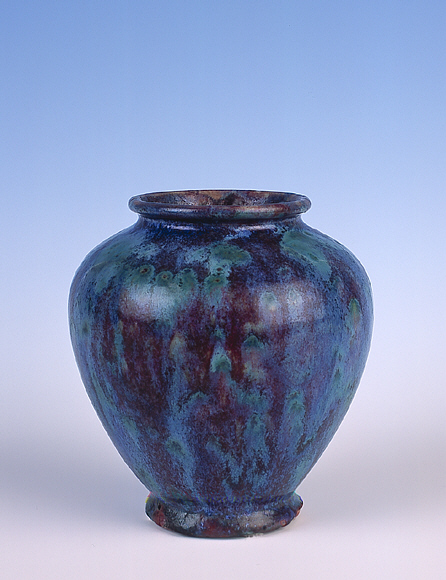
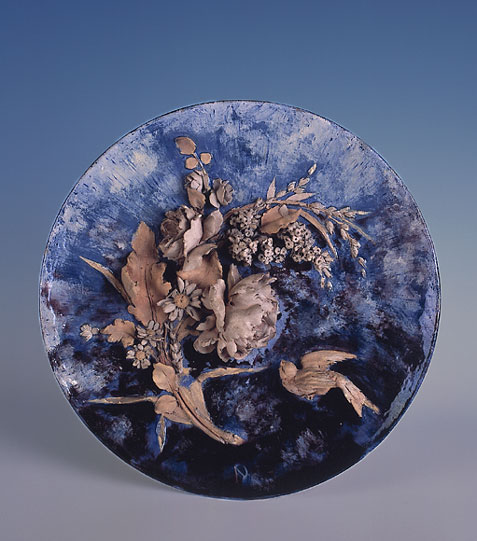
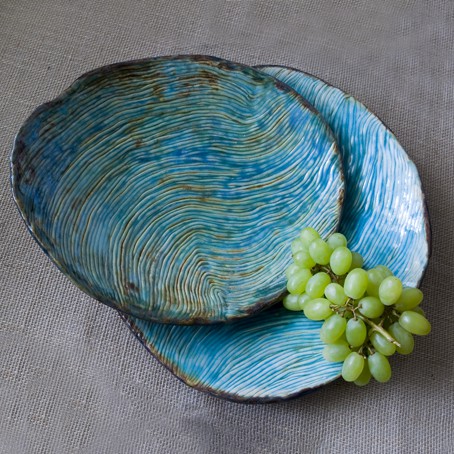
Magda Smoleńska – floating water
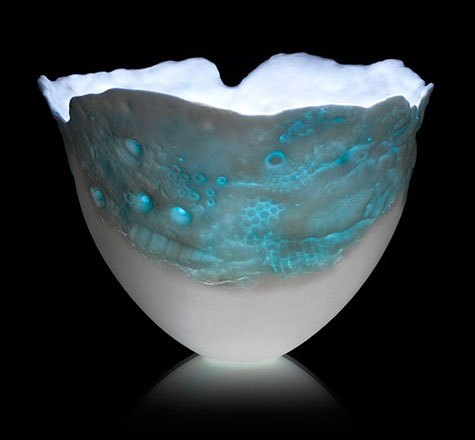
Angela Mellor
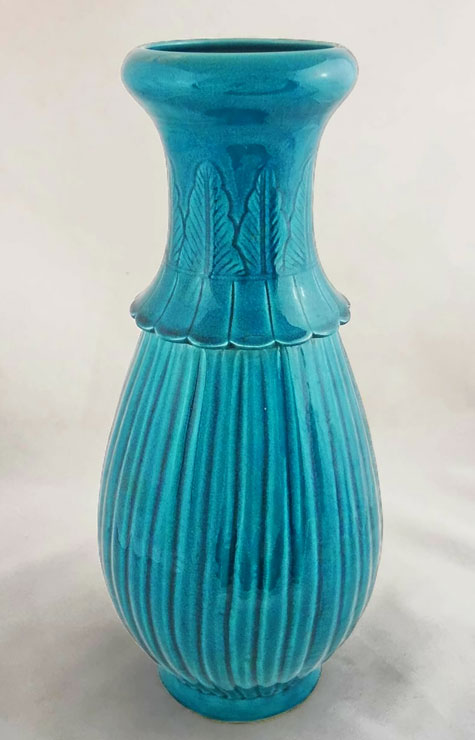
Turquoise glaze tall Chinese ceramic vase ( Ruby Lane )
see more Vase Arts
–

























